Yangnim-dong Missionary Cemetery (양림동 선교사 묘지)
1.2Km 2021-05-28
77, Jejung-ro, Nam-gu, Gwangju
+82-62-607-2333
The Yangnim-dong Missionary Cemetery is the final resting place of 23 missionaries who brought Christianity to Gwangju and led the movement to free the nation from under Japanese colonial rule. Yangnim-dong in Gwangju Metropolitan City was the main area in which Priest Bae Yu-ji and Dr. Clement Owen carried out their work as the first missionaries to Jeollanam-do.
Located nearby is a monument dedicated to Priest Bae Yu-ji and the Owen Memorial Building, built in honor of Dr. Owen and his grandfather. Both memorials are cultural assets and particularly prized by locals of the Christian faith.
Chonnam National University Hospital (전남대학교병원)
1.2Km 2025-07-07
42 Jebong-ro, Dong-gu, Gwangju
With 114 years of history and tradition, CHONNAM NATIONAL UNIVERSITY HOSPITAL is Korea's best tertiary hospital that has led the development of Korea's medical science and improved public health.
Chonnam National University Hospital is the nation's largest multi-hospital system for each disease, and operates as the main hospital, as well as Chonnam National University Hospital in Hwasun, Chonnam National University Dental Hospital, Bitgoeul Chonnam National University Hospital, and Chonnam National University Children's Hospital.
We are striving to establish our identity as a national university hospital and to build a regionally essential healthcare system as a regional responsible medical institution. We will continue to play a leading role in the medical field by progressively redefining the functions and roles of education, research, and medical treatment. In addition, we will continue to challenge ourselves and do our best to become a reliable hospital that patients can visit at any time, a hospital that leads public healthcare, and a patient-oriented hospital that puts patient safety first.
Obang Choi Heung-jong Memorial Hall (오방 최흥종 기념관)
1.2Km 2024-12-17
64 Jejung-ro, Nam-gu, Gwangju
Obang Choi Heung-jong Memorial Hall is dedicated to Rev. Obang Choi Heung-jong who was also a Korean independence fighter and a social activist. His lifetime of sacrificing for others while improving the Gwangju neighborhood made him a true hero. Visitors to the memorial hall can deeply understand the life that Obang Choi Hueng-jong lead.
Yeongmi Oritang (영미오리탕)
1.3Km 2021-09-13
126, Gyeongyang-ro, Buk-gu, Gwangju
+82-62-527-0249
Yeongmi Oritang has been serving up duck stew (oritang) to the community for over 80 years. Made with ground perilla seeds, soybean paste, chili powder, garlic, and other carefully selected ingredients, the duck is boiled in an earthen pot and seasoned with ginseng, jujube, and water parsley to suit each customer's individual tastes. The dish is served with kimchi side dishes, which are said to enhance the flavor of the duck meat. Since duck is known to be effective in treating liver and geriatric diseases, the restaurant is popular not only for its delicious flavors, but also for the health benefits of its food.
Chonnam National University Medical Museum (전남대학교 의학박물관 (전남대학교 의과대학 구 본관))
1.3Km 2024-10-10
160 Baekseo-ro, Dong-gu, Gwangju
Chonnam National University Medical Museum opened in 2021 at the previous main building for the university's medical education department, used from 1952 to 1957. It is the oldest building within the university campus, while featuring modern design elements over the exterior.
Arirang House (아리랑하우스)
1.3Km 2016-10-18
2, Mudeung-ro 321 Beon-gil, Dong-gu, Gwangju
+82-62-525-2111~5
With a proud 20-year history, Arirang House is famous for its kimchi, which won a prize at the first Kimchi Festival. In 2003, the restaurant collaborated with Shilla Hotel and Paradise Hotel and successfully hosted a royal cuisine demonstration event, contributing to the promotion of Korean cuisine.
Arirang House serves delicious Korean cuisine in an elegant style. The food is carefully prepared by 11 chefs, including the chef who has thirty years of experience. The kitchen is divided into the side dish team, the special dish team, and the main course team to prepare a total of thirty or so specialized dishes. The flavors are enhanced by using only the freshest natural ingredients and not using any artificial seasonings. Prices vary by course, and each course comes with raw beef, samhap (a combination of three special foods), assorted raw fish, and steamed short ribs. The bossam kimchi (kimchi with slices of steamed pork) is also one of their specialties.
Geumsoojang Tourist Hotel (금수장관광호텔)
1.3Km 2020-04-24
2, Mudeung-ro 321beon-gil, Dong-gu, Gwangju
+82-62-525-2111
Geumsoojang Tourist Hotel is located in the old downtown center, just a seven-minute walk from Gwangju Station. It is known as the best "business hotel with expert Korean cuisine.” It has clean and comfortable guestrooms, other convenient facilities, an organized-customer management system, economic rates, and excellent service.
Yangnim-dong Penguin Village Craft Street (양림동 펭귄마을공예거리)
1.3Km 2024-12-06
20-13 Ogiwon-gil, Nam-gu, Gwangju
Yangnim-dong Penguin Village Craft Street is a narrow alleyway located behind the Yangnim-dong Community Center. The village, named because of the way the elderly residents appear to waddle like penguins, has become an exhibition space of life in the 70s and 80s. Villagers cleaned up empty houses that had been burnt down and left unattended in the past, brought discarded items, and began displaying them on the village walls. "Let's be thankful for living at that time" was engraved on the village wall. It also has historical culture, such as the House of Choe Seunghyo, the House of Missionary Uilsa, and Owen Memorial Hall. The Penguin Jumak in the middle of the village was the residents' gathering place, selling small but necessary items. Various workshops, such as leather workshops, textile workshops, and carpentry workshops, are located on Craft Street, so you can purchase pretty crafts or experience upcycling crafts with a retro vibe in which the historical and the modern coexist.
Mimiwon (미미원)
1.3Km 2024-12-03
광주광역시 동구 백서로 218
Emerging as a leading spot for yukjeon (Pan-fried Battered Beef) in Gwangju, Mimiwon has gained popularity through multiple media features. The restaurant’s traditional hanok building creates a neat atmosphere.
Chosun University Museum of Art (조선대학교 미술관)
1.4Km 2025-01-02
308 Pilmun-daero, Dong-gu, Gwangju
The Chosun University Museum of Art was established to serve as a window to convey the flow of local and international art. It plays an important role in discovering, collecting, and preserving regional artwork, while providing artist with a stage to display their work. The museum has significantly contributed to the regional culture. Through special annual exhibitions, it discovers young artists, educates students and promotes local art. To provide an exhibition experience to students, the museum also holds exhibitions featuring work created by students.
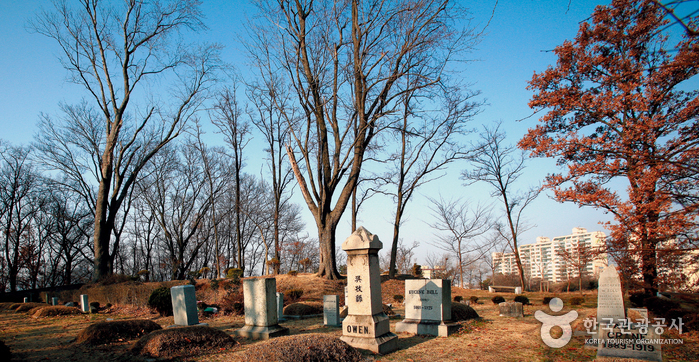

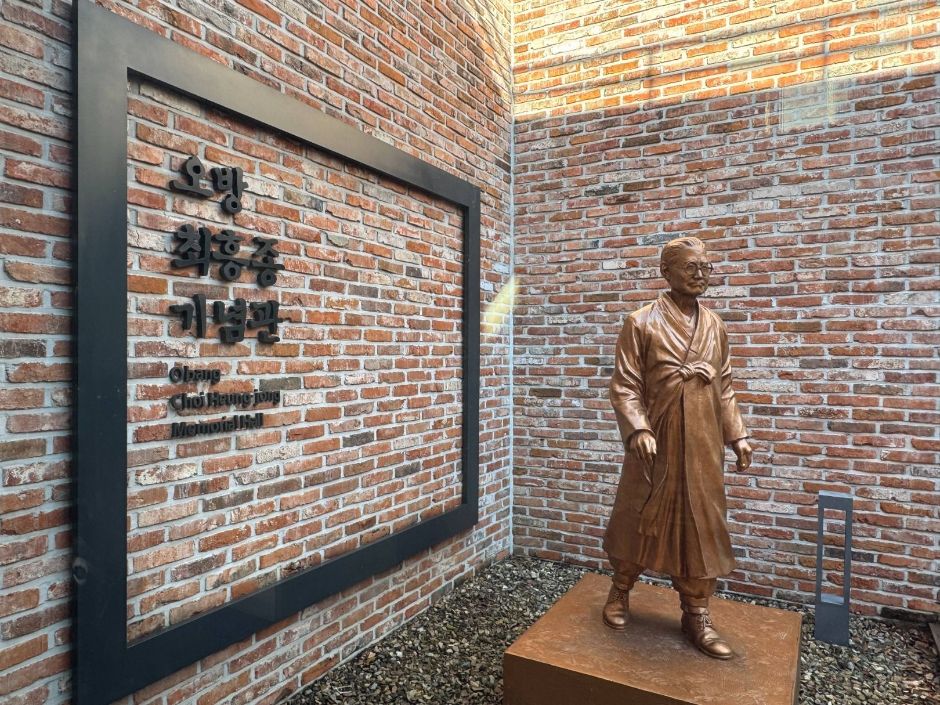
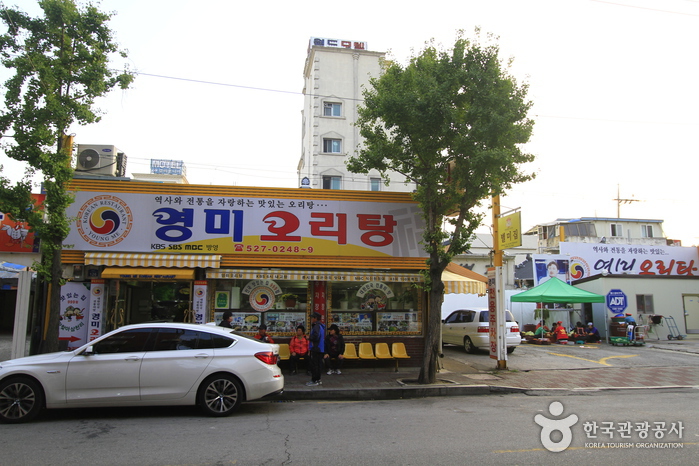

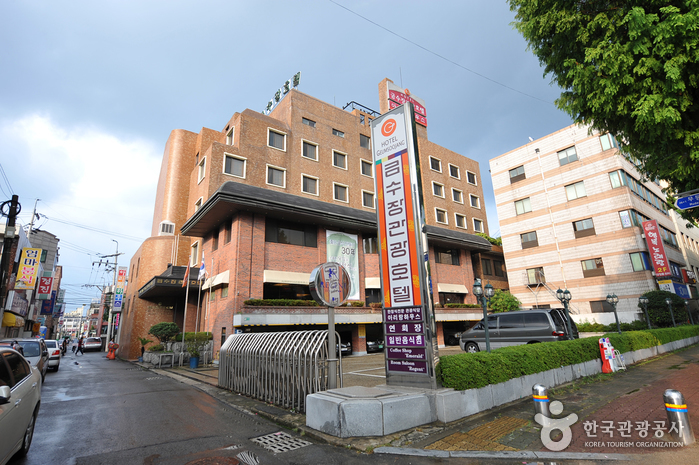
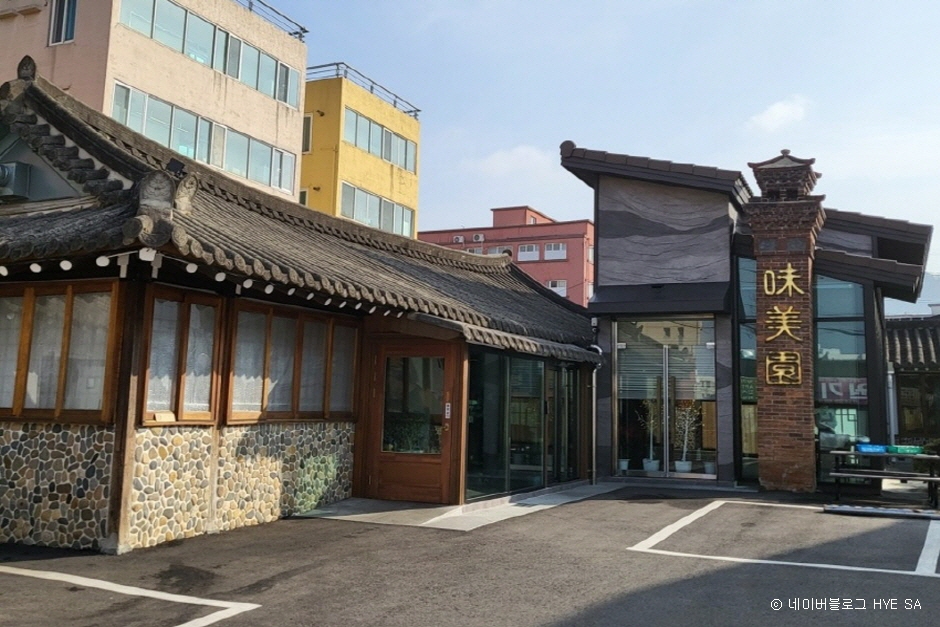

 English
English
 한국어
한국어 日本語
日本語 中文(简体)
中文(简体) Deutsch
Deutsch Français
Français Español
Español Русский
Русский